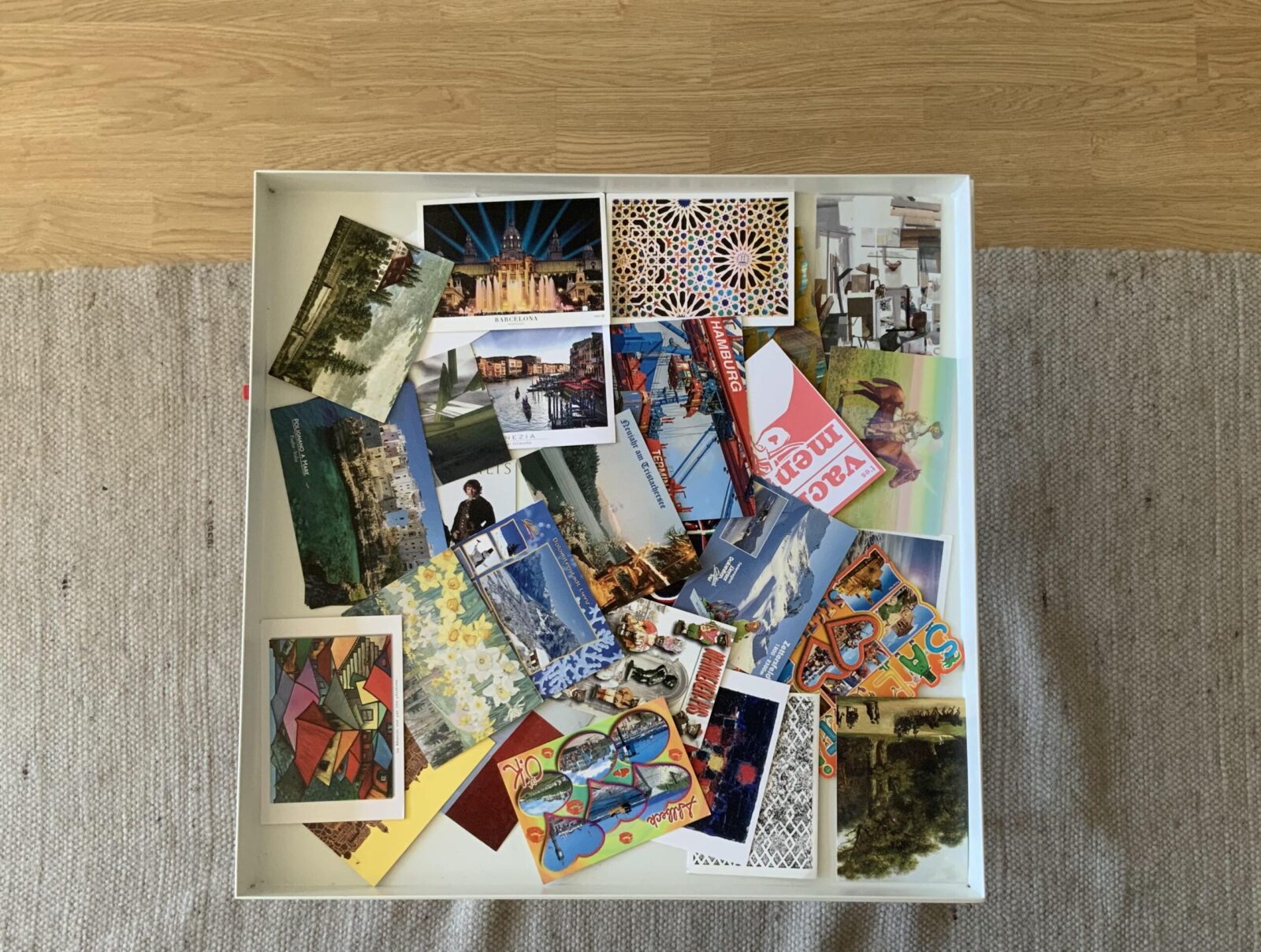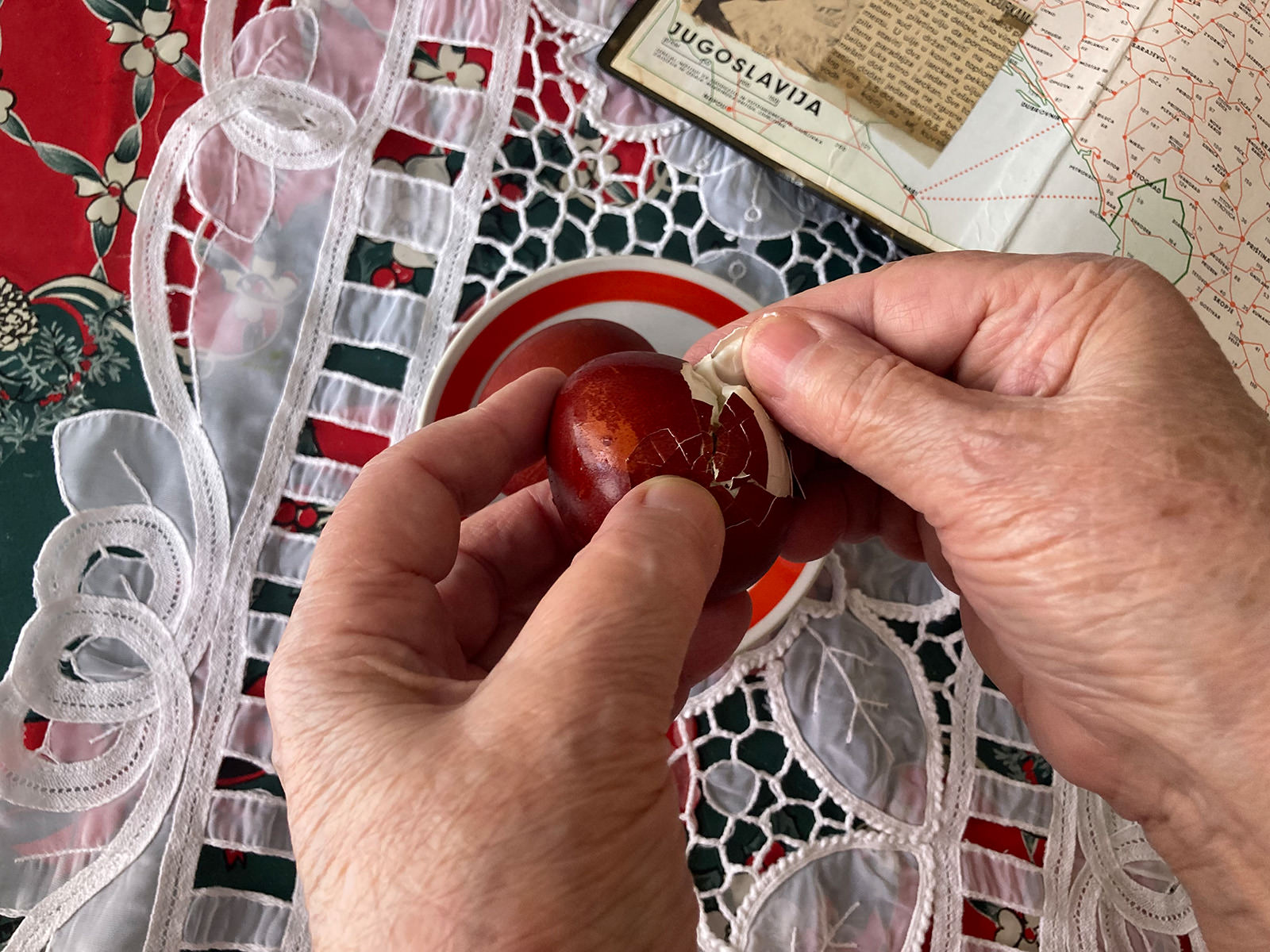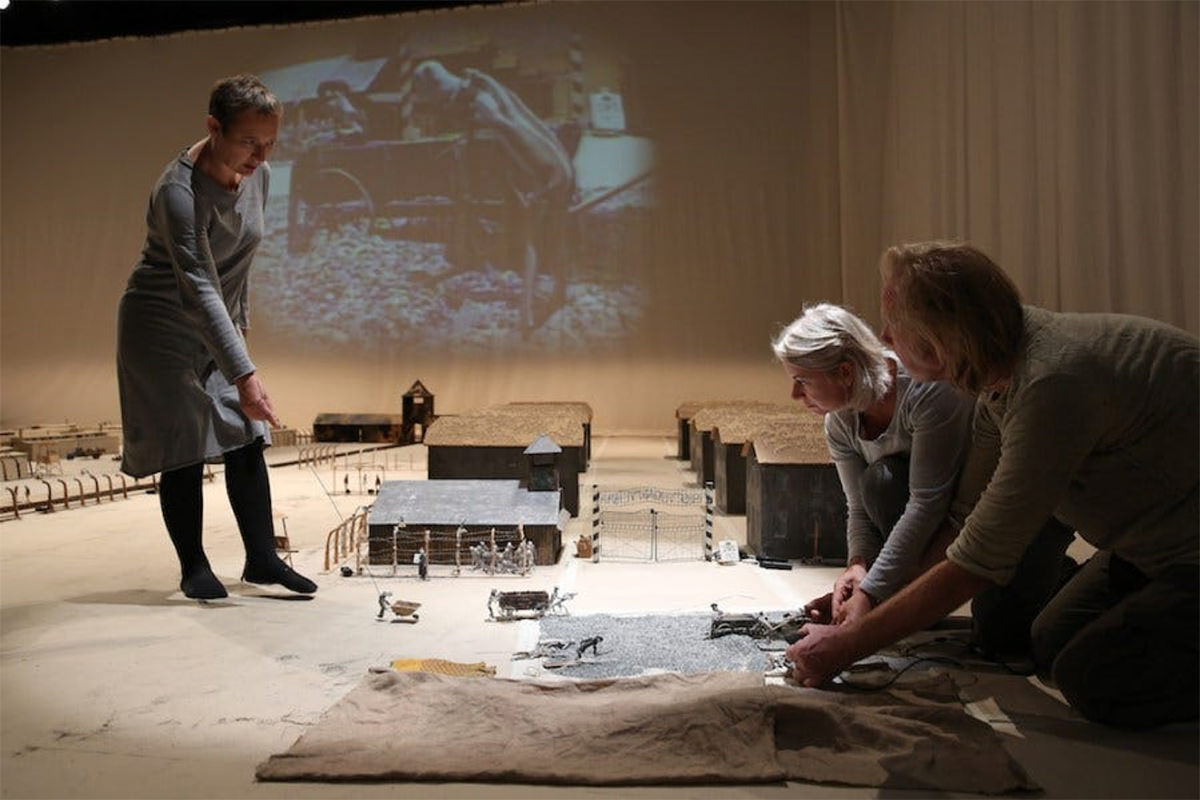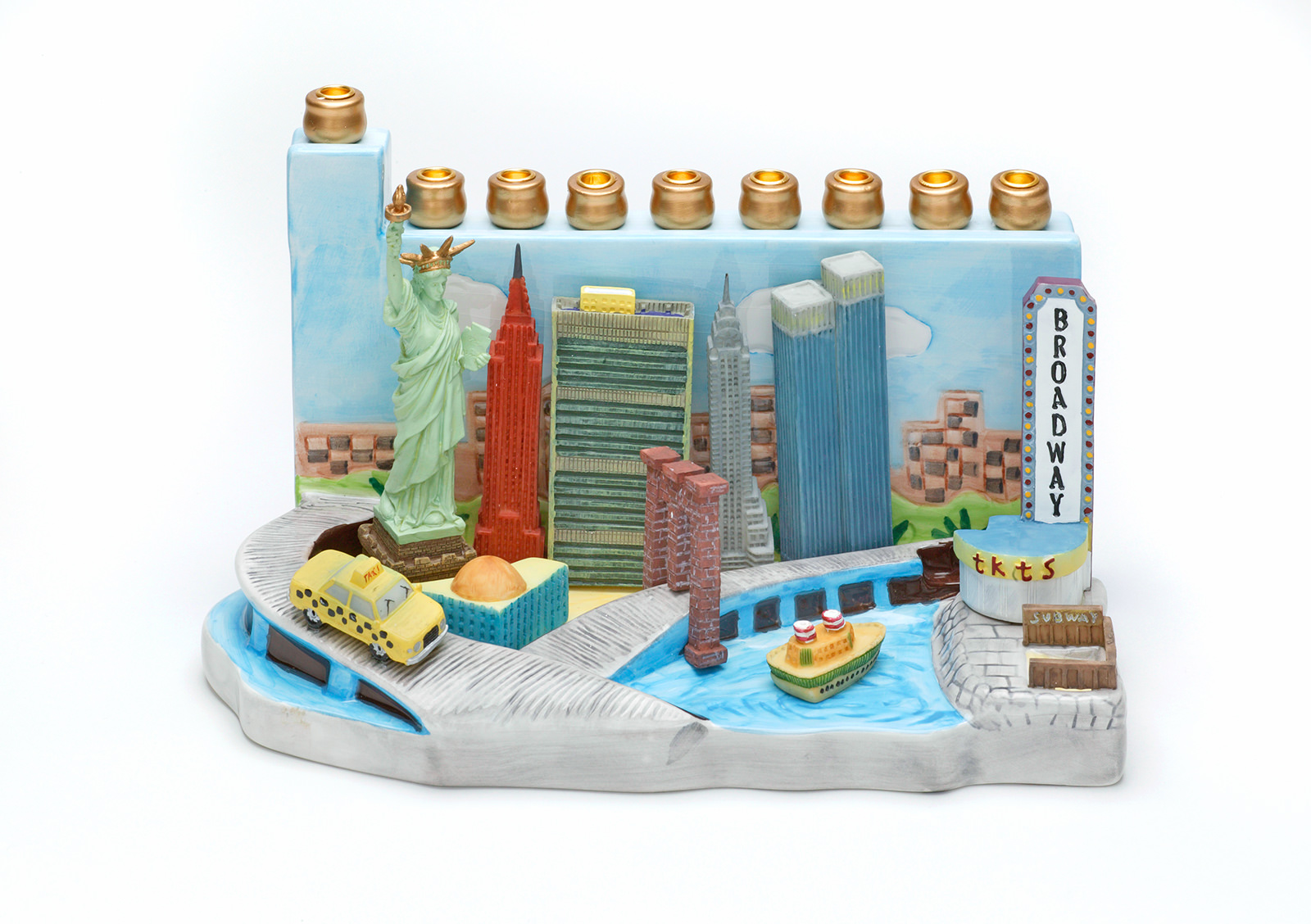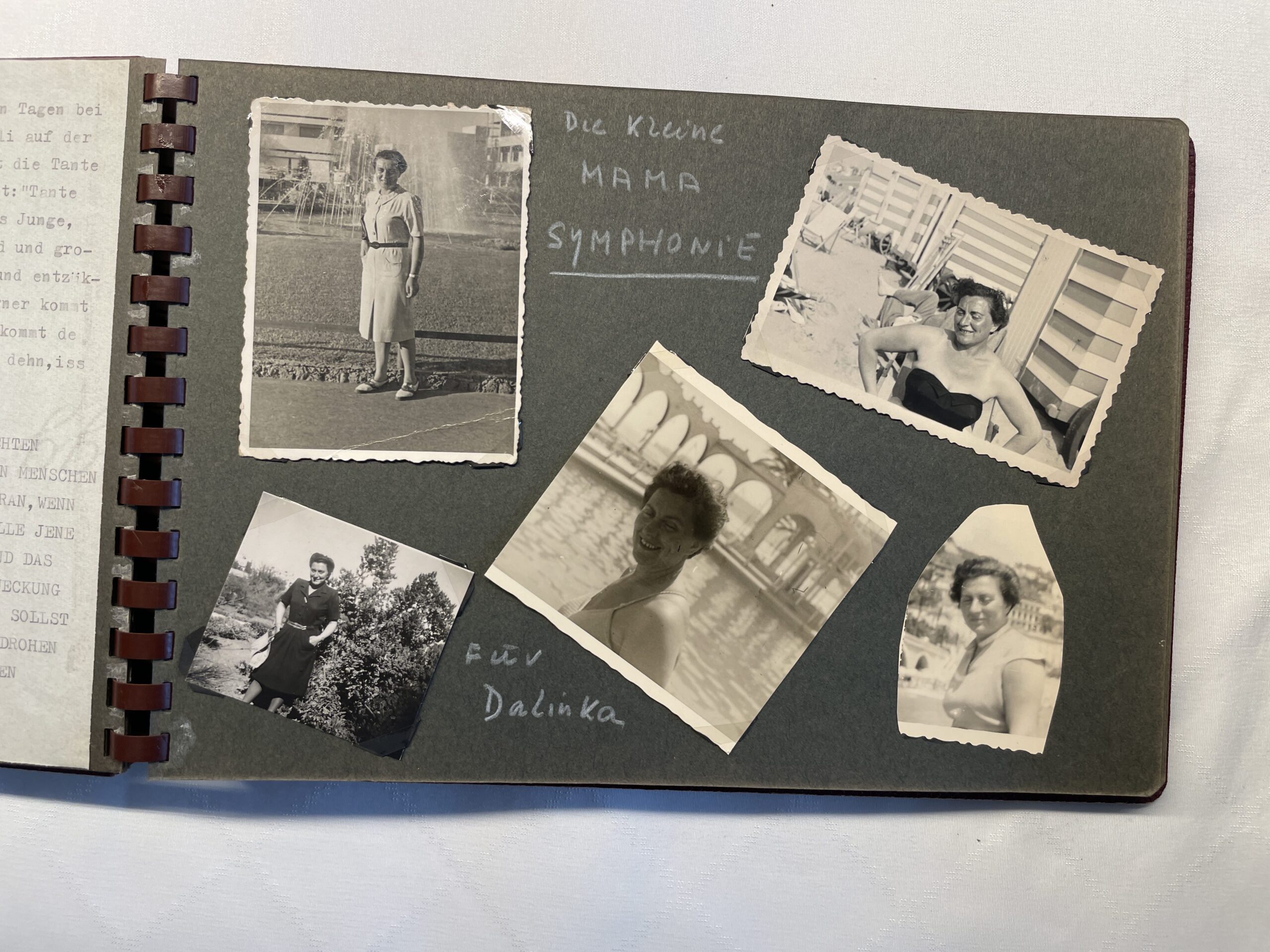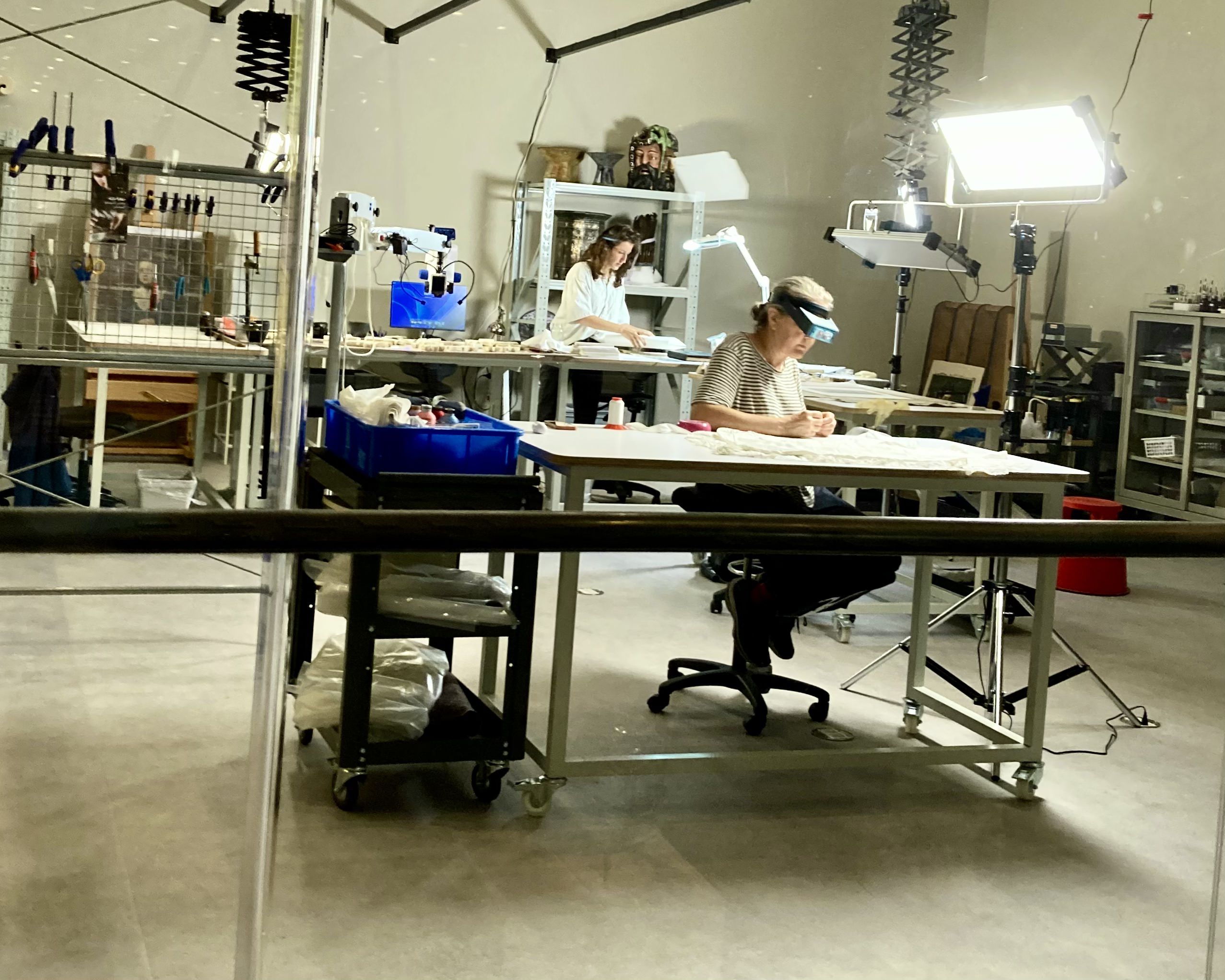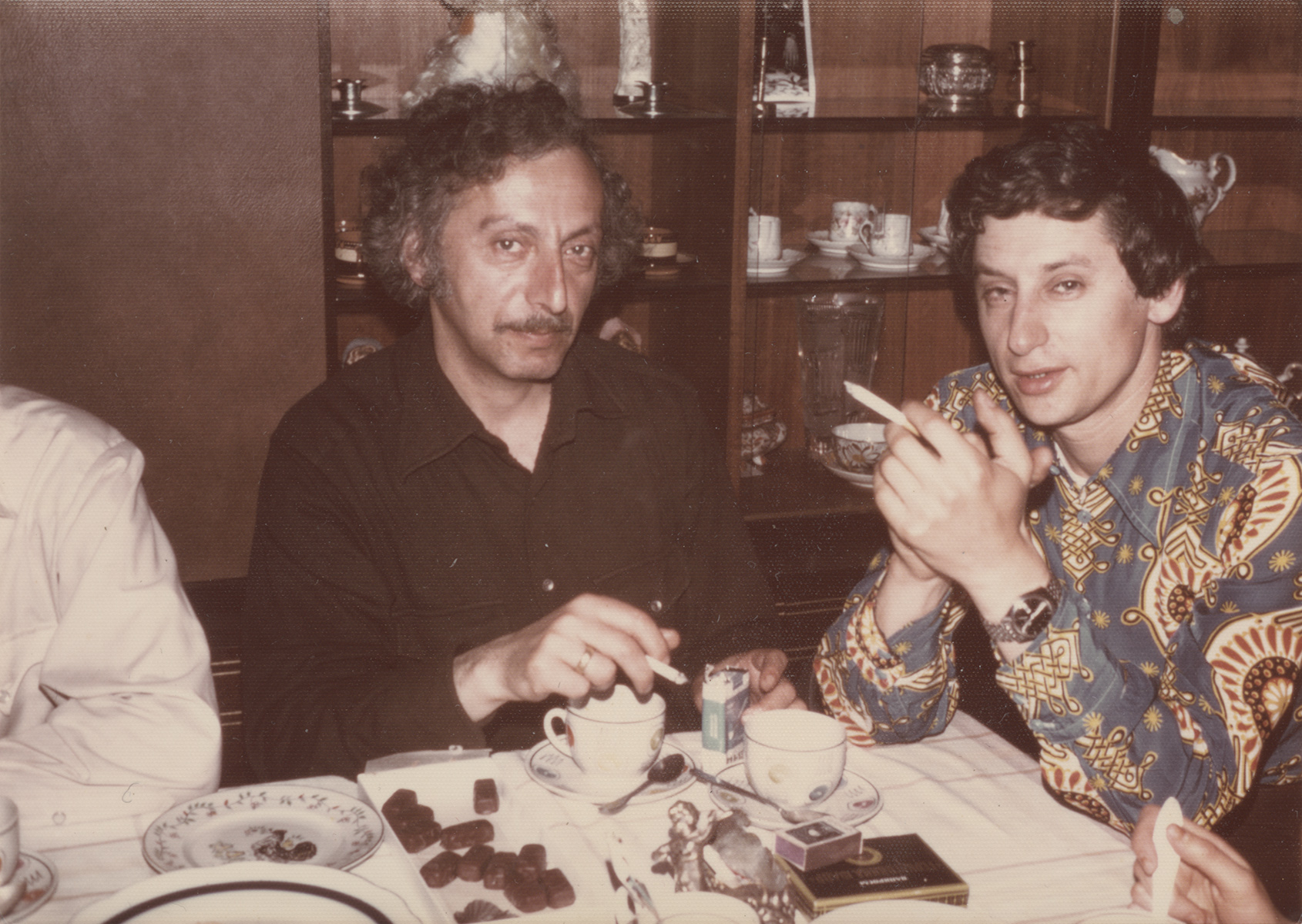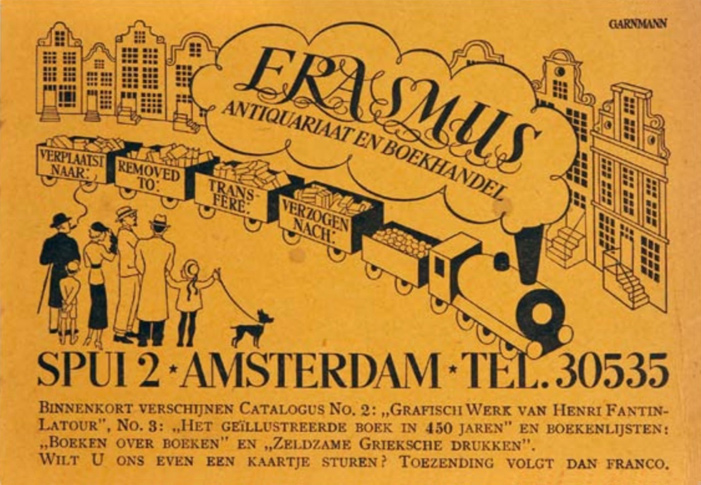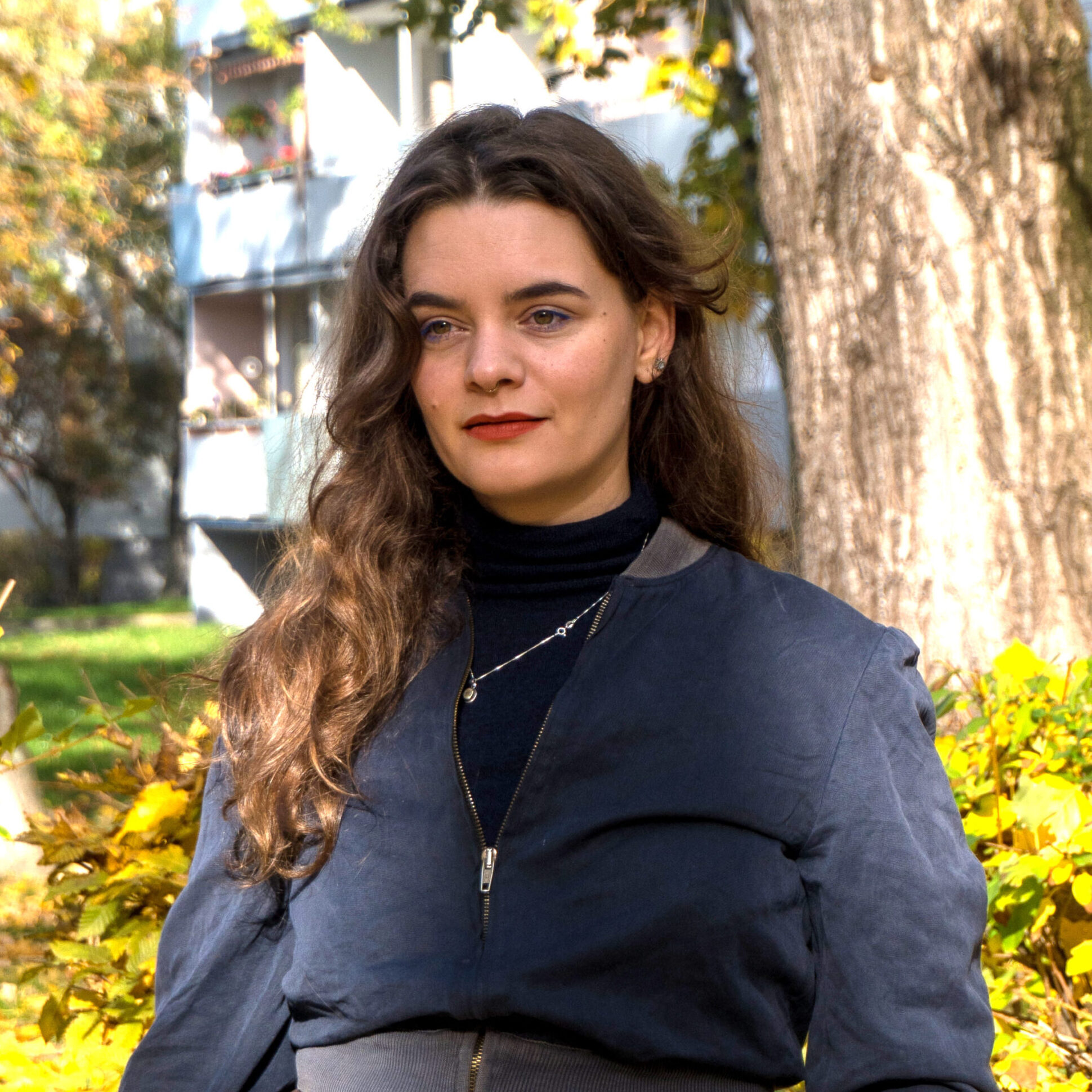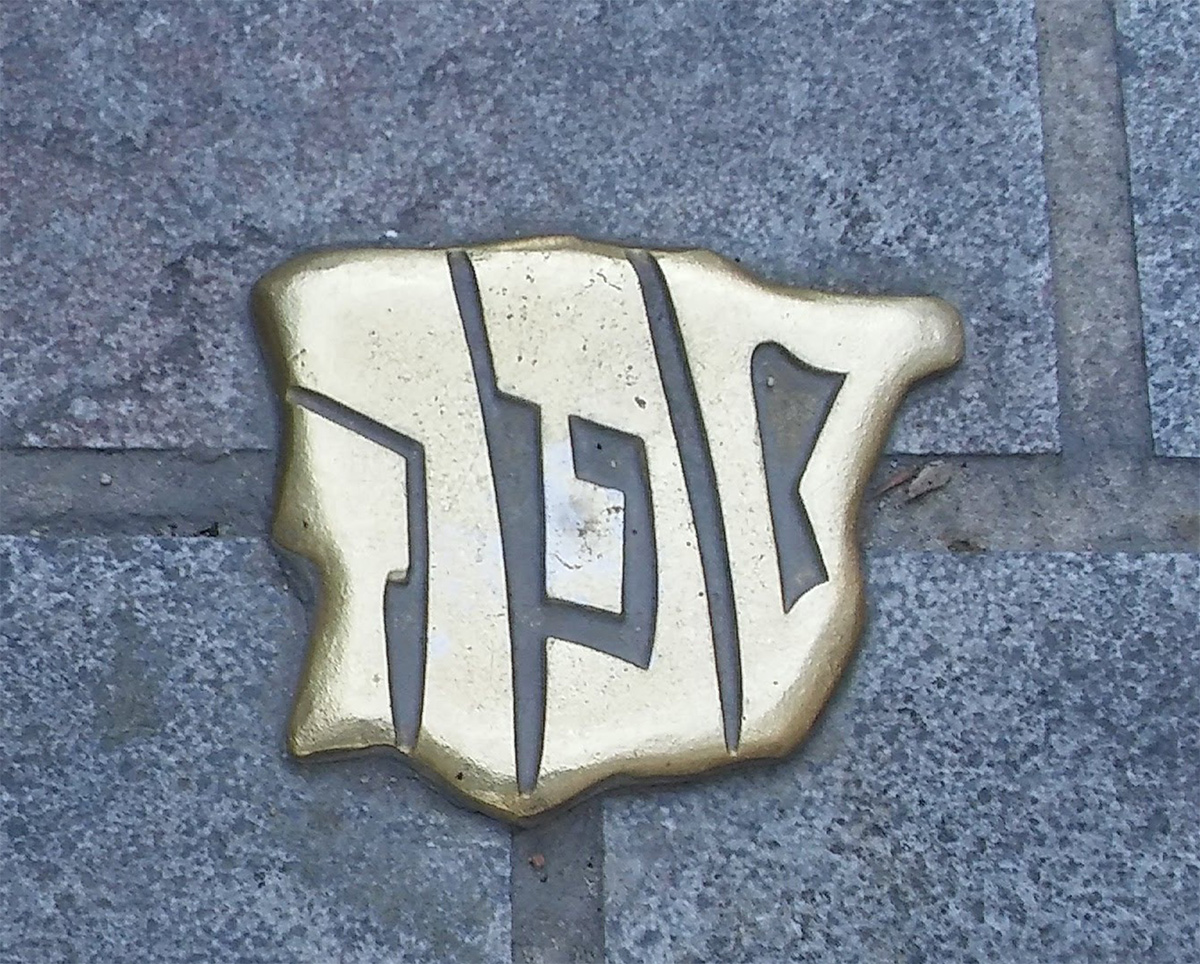
Materializing Memory and Sanctifying Place – Jewish Sephardic Heritage in Contemporary Spain

Threads of Identity – The Evolution of Israeli Fashion and the Attempt to Create a National Dress
The Written Silent, the Visible Absence, and the Text in the Written after 1945 – Materiality of Catastrophe, Exile and Belonging in Barbara Honigmann’s Writings
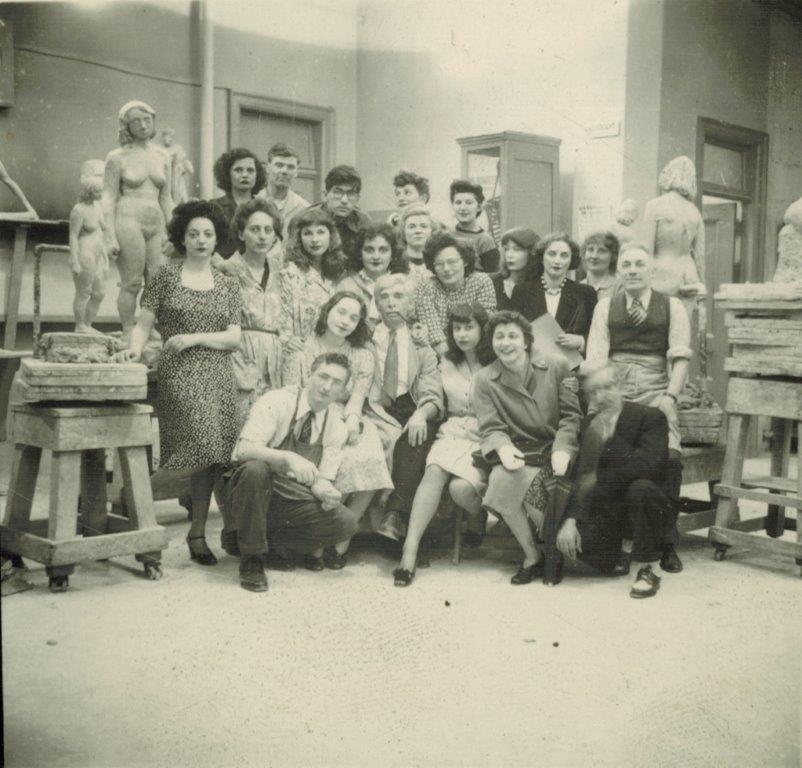
Processing Loss and Fostering Resilience – Jewish and Female Sculptural Strategies of Coping with the 20th Century

Shattered Objects, Shattered Spaces – The Destruction of Jewish Homes in the November Pogroms of 1938

Corresponding with history – Jewish Postage Stamp Collectors and Jewish Emancipation

Nation-Building and Cultural Heritage – The Making of the Jewish National Library in Jerusalem, 1892–1948
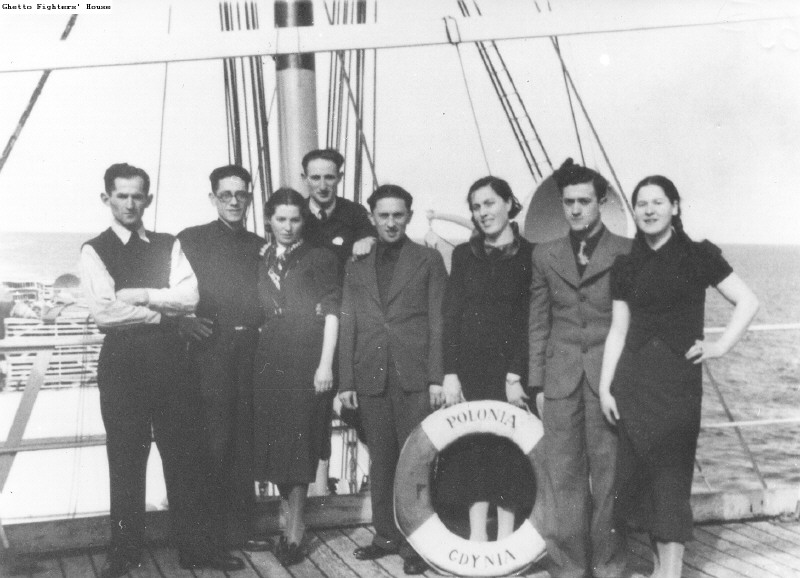
DVARIM POLANIM – Material Culture and the Changing Identity of Polish Jews in Israel across the 20th Century
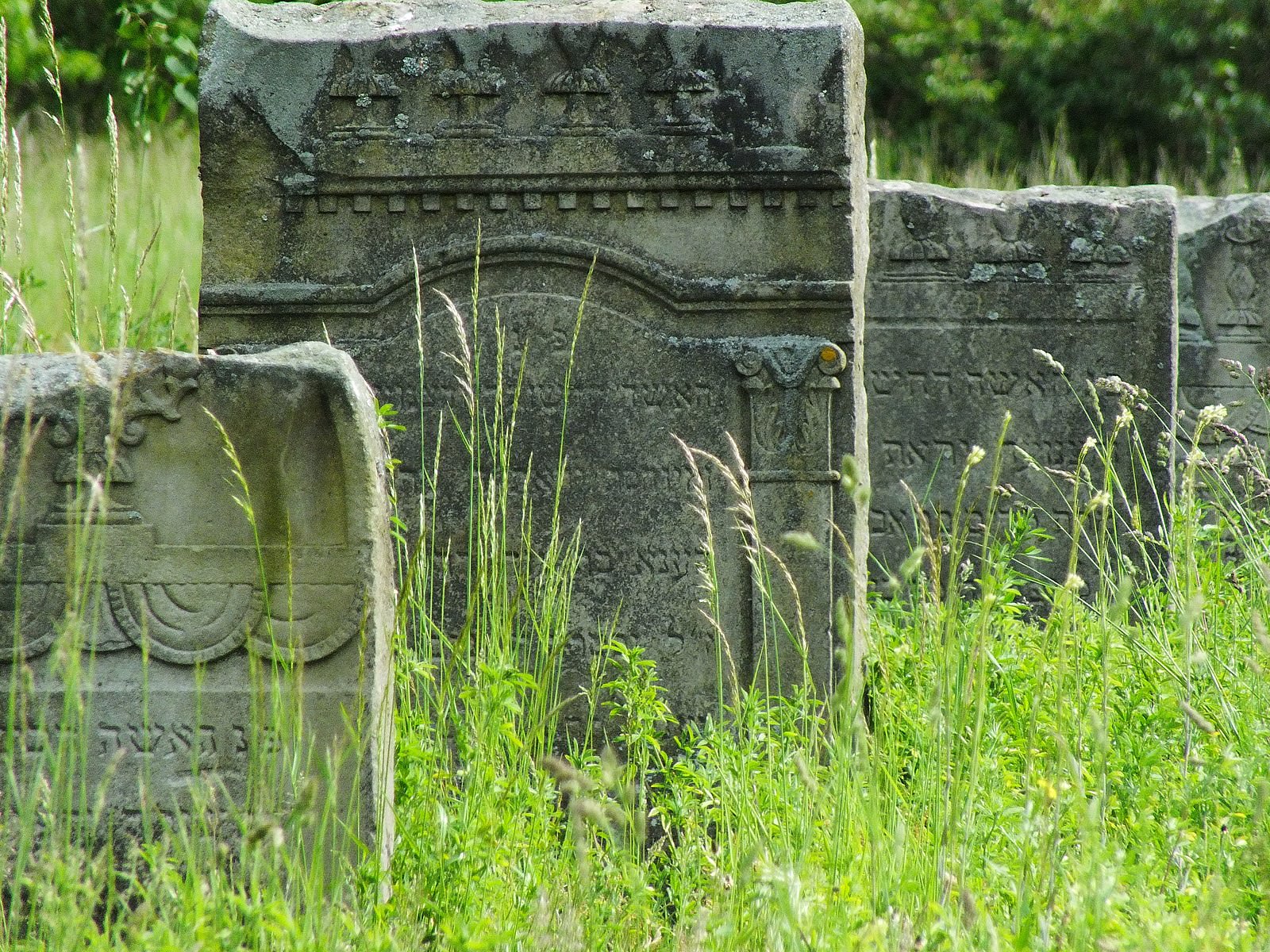
Between Ruins and Revival – Jewish Identity and Material Heritage in Post-Communist Poland

Places of Jewish Knowledge – The Wissenschaft des Judentums and its Material Sites in Berlin’s Urban Landscape, 1871–1961

Traces of belonging(s) – on the materiality of the imprisonment experience of Jewish women in the Ravensbrück women’s concentration camp
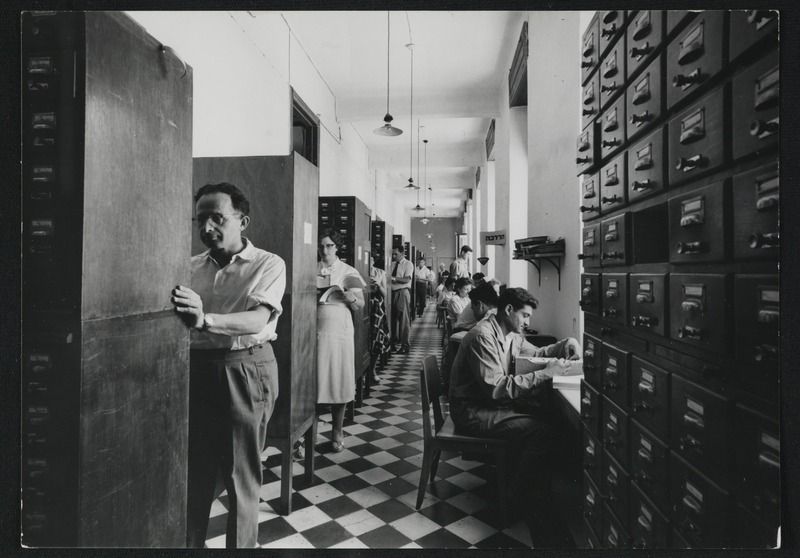
Aufbau im Übergang – Curt Wormann and the Jewish National and University Library between Nation-building and Cultural Diplomacy
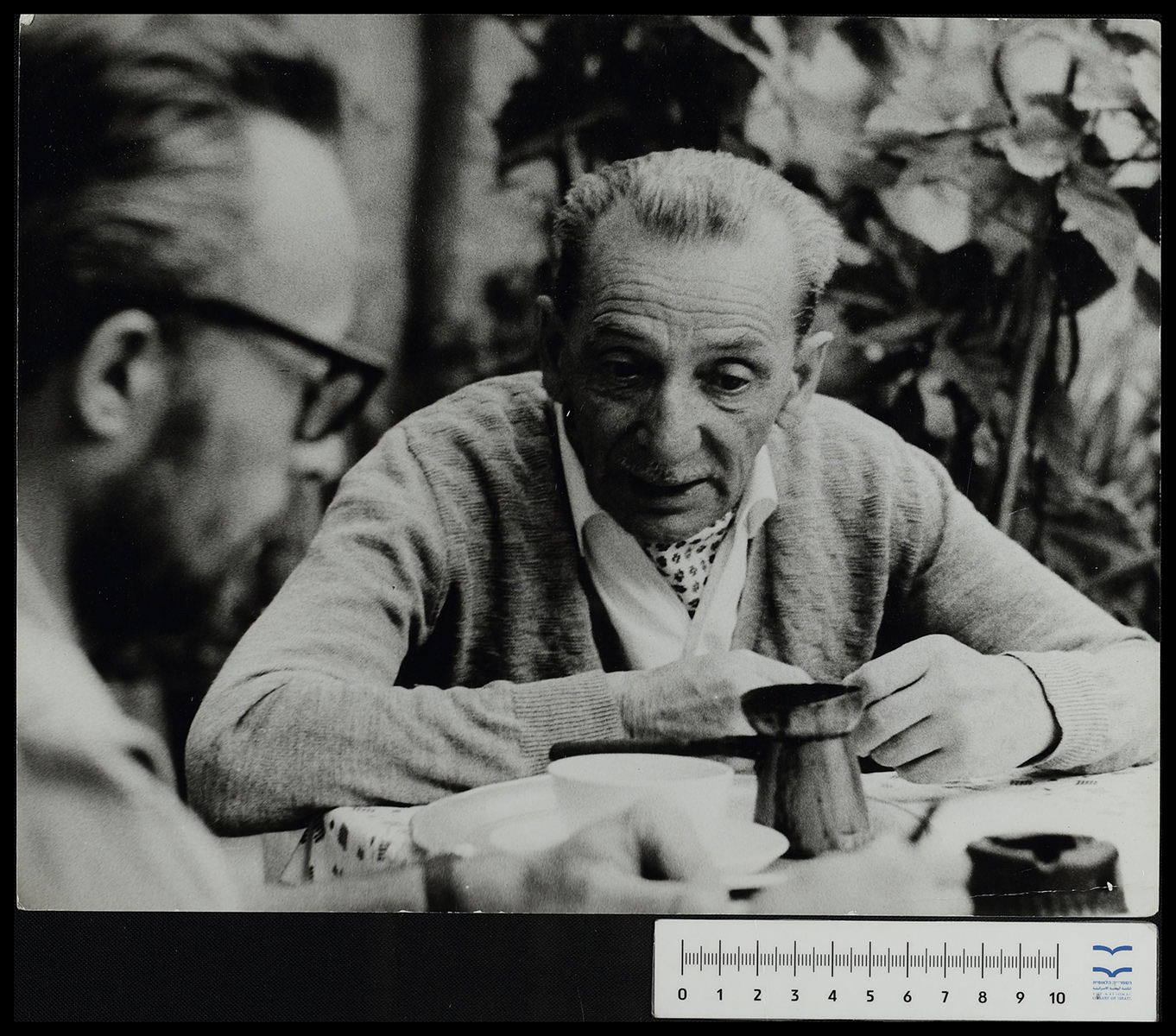
To Change, Question, and Criticize – Concepts of a ‘Werk’ and Concepts of Objects in Illustrated Magazines in Berlin and Vienna during the 1920s.
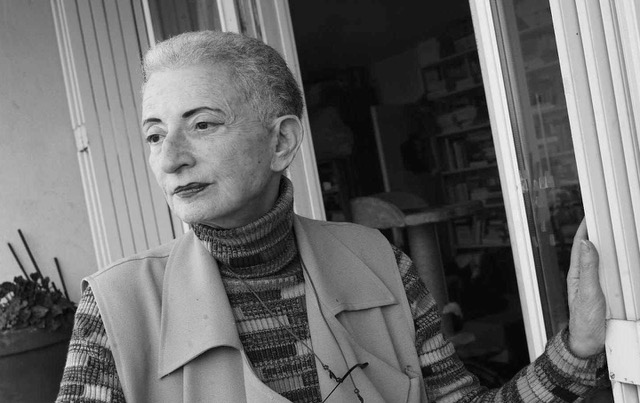
“Mes poumons comme les rouleaux de la Thora” – Towards a Poetics of the Trace: Jewishness, Exile, and Writing in the Work of Hélène Cixous

Places of Jewish Knowledge – The Wissenschaft des Judentums and its Material Sites in Berlin’s Urban Landscape, 1871–1961
Places of Jewish Knowledge: The Wissenschaft des Judentums and its Material Sites in Berlin’s Urban Landscape, 1871–1961 examines the buildings and urban sites where Jewish scholarship took shape in Berlin across nine decades marked by emancipation, persecution, and attempts of reconstruction. It traces how the 19th-century movement known as Wissenschaft des Judentums was anchored in physical urban places – buildings where Jewish knowledge was taught, debated, and made public, fundamentally shaping intellectual life in the German capital.
This dissertation explores several significant sites, including the buildings of the Orthodox Rabbinical Seminary, the Brüderverein zur Gegenseitigen Unterstützung, and the Akademie für die Wissenschaft des Judentums. Particular attention is given to the Hochschule für die Wissenschaft des Judentums, founded in 1872, which serves as a central case study. As the most influential institution of its kind, the Hochschule offers insights into how Wissenschaft was materially embedded in the city and how scholars navigated shifting political and social conditions. These buildings functioned as spaces for scholarly visibility and community formation, while also reflecting evolving notions of ownership, belonging, and cultural authority.
The Nazi period brought violent rupture: Aryanization policies led to systematic dispossession and the destruction of Jewish institutional life. By tracing the fate of academic institutions and their buildings through processes of confiscation, destruction, and postwar efforts at restitution, this study examines how the material dimensions of Jewish scholarship became entangled with questions of cultural belonging and historical memory. It also analyzes responses by the Soviet Occupation Zone and later GDR government to Jewish institutional heritage and negotiations of remembrance. Ultimately, the project connects the practical aspects of institutional life, the symbolic significance of urban space, architectural heritage, and cultural ownership in modern German history.
